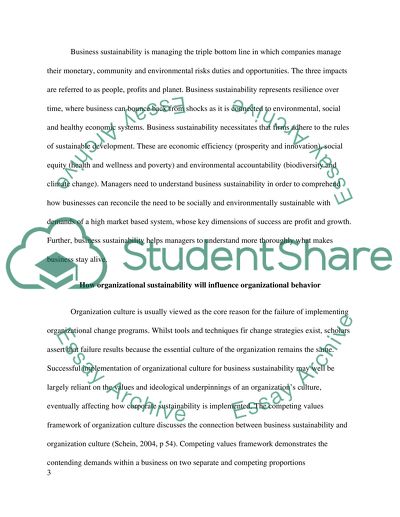Cite this document
(“Organisational Structure and Design Essay Example | Topics and Well Written Essays - 2000 words”, n.d.)
Organisational Structure and Design Essay Example | Topics and Well Written Essays - 2000 words. Retrieved from https://studentshare.org/finance-accounting/1468022-organisational-structure-and-design
Organisational Structure and Design Essay Example | Topics and Well Written Essays - 2000 words. Retrieved from https://studentshare.org/finance-accounting/1468022-organisational-structure-and-design
(Organisational Structure and Design Essay Example | Topics and Well Written Essays - 2000 Words)
Organisational Structure and Design Essay Example | Topics and Well Written Essays - 2000 Words. https://studentshare.org/finance-accounting/1468022-organisational-structure-and-design.
Organisational Structure and Design Essay Example | Topics and Well Written Essays - 2000 Words. https://studentshare.org/finance-accounting/1468022-organisational-structure-and-design.
“Organisational Structure and Design Essay Example | Topics and Well Written Essays - 2000 Words”, n.d. https://studentshare.org/finance-accounting/1468022-organisational-structure-and-design.


